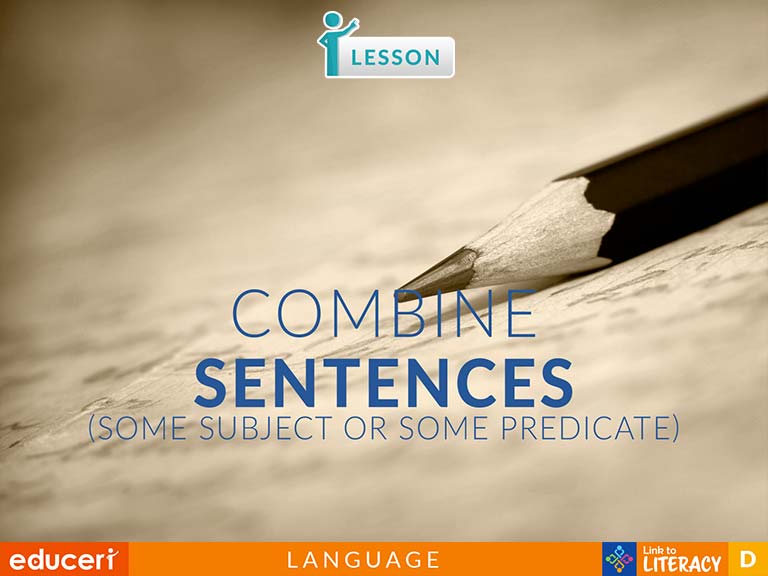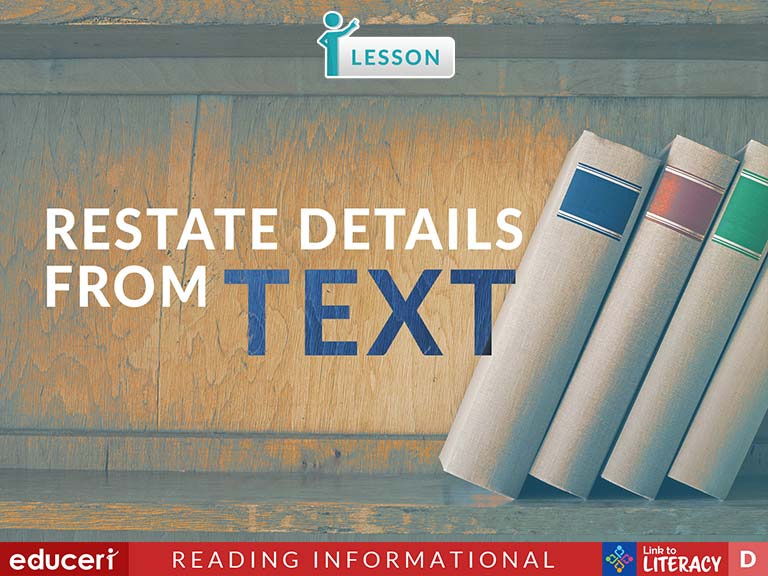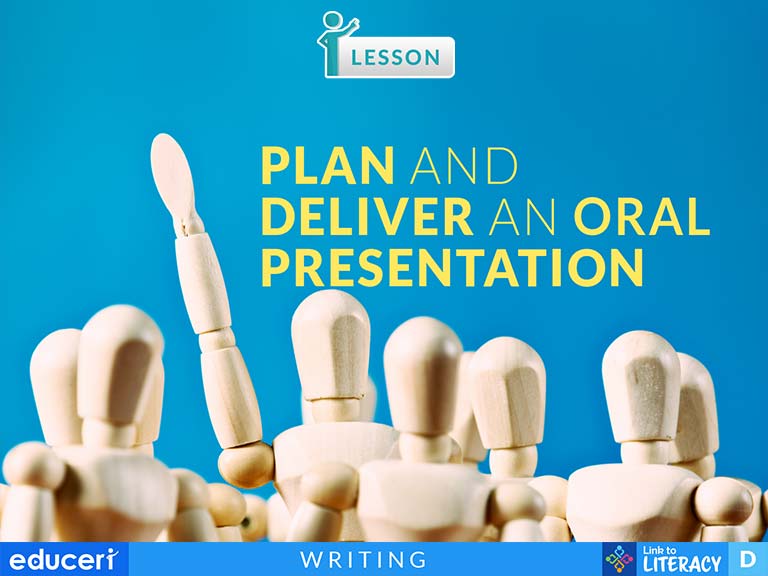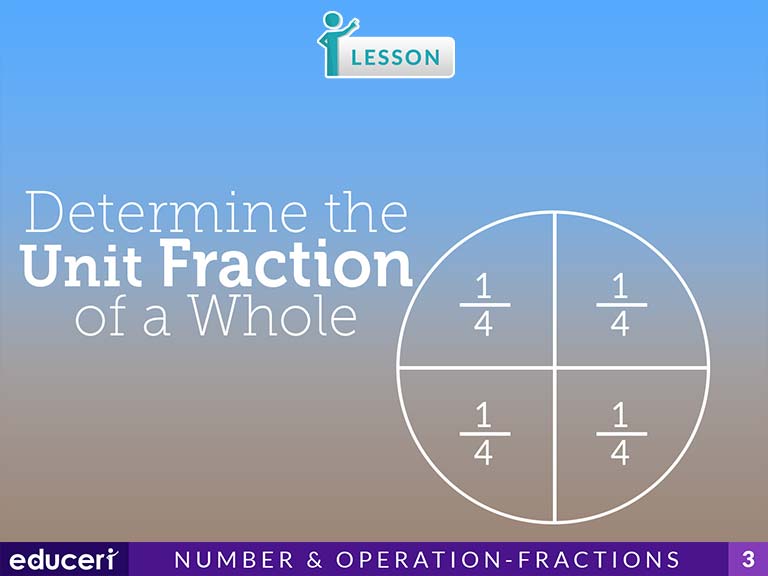Special Program: Grade 4 Summer School
Grade 4 Summer School
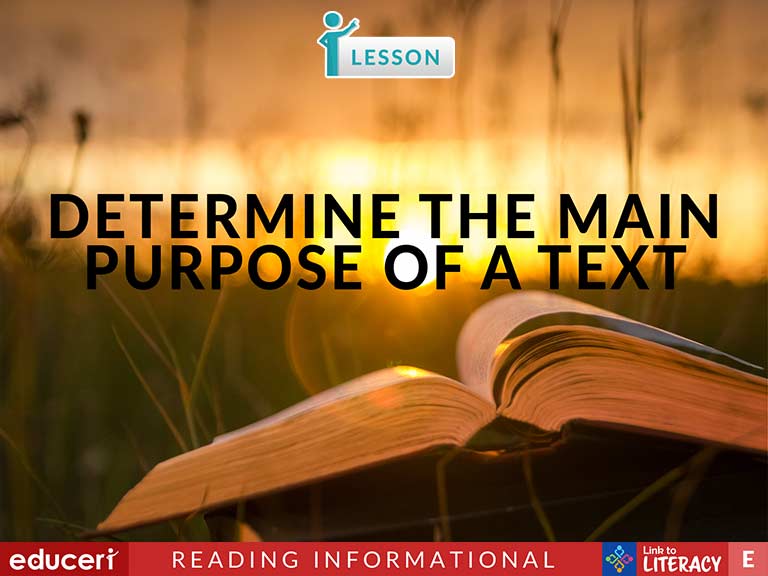
Determine the Main Purpose of a Text
This lesson is a part of the Link to Literacy program.
Share This Lesson
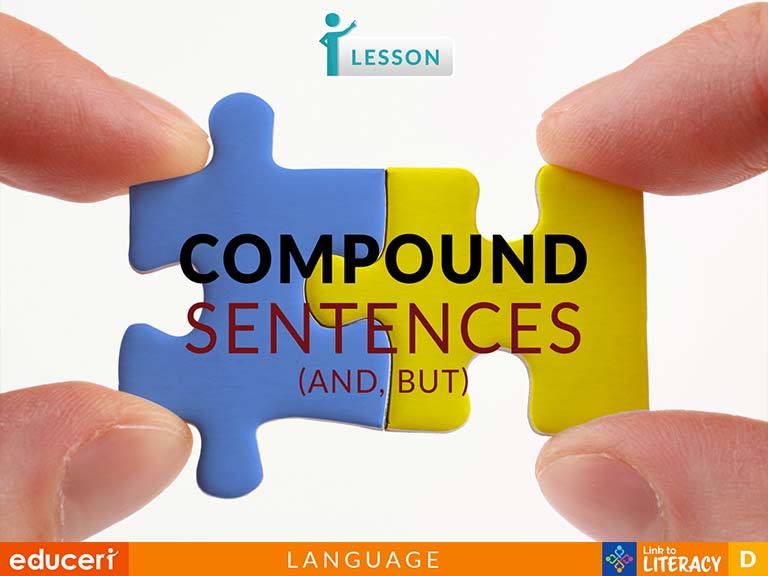
Compound Sentences (and, but)
C.5.D (Writing) edit writing for standard grammar and usage, including subject-verb agreement, pronoun agreement, and appropriate verb tenses commensurate with grade-level expectations as more English is acquired;
C.5.FC.5.F (Writing) write using a variety of grade-appropriate sentence lengths, patterns, and connecting words to combine phrases, clauses, and sentences in increasingly accurate ways as more English is acquired;
Share This Lesson
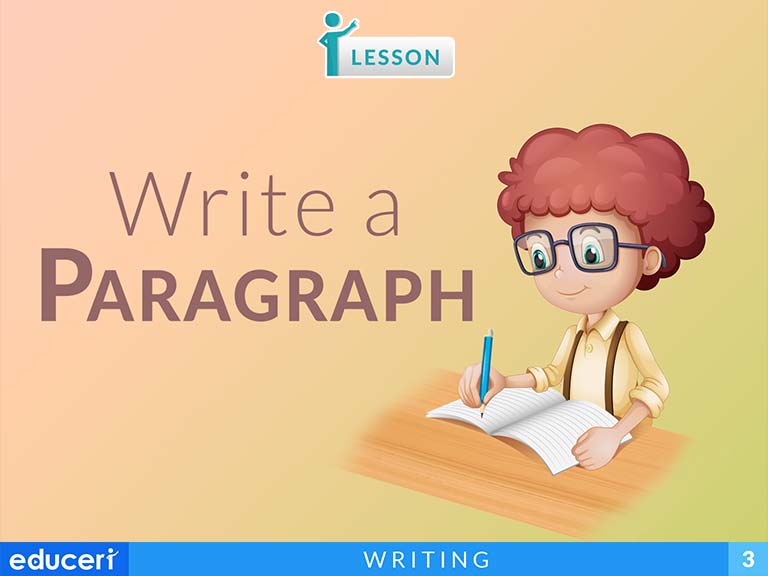
Write a Paragraph
This writing lesson uses teacher guidance and support to help students write a paragraph that is appropriate to the task and purpose. In this lesson, students will review a topic, write a topic sentence, add details, and a concluding idea in a graphic organizer. Then, they will write a paragraph.
Share This Lesson

Edit Text for Run-On Sentences
W.4.5 With guidance and support from peers and adults, develop and strengthen writing as needed by planning, revising, and editing. (Editing for conventions should demonstrate command of Language standards 1-3 up to and including grade 4 here.)
L.4.1.FL.4.1.F Produce complete sentences, recognizing and correcting inappropriate fragments and run-ons.*
Share This Lesson
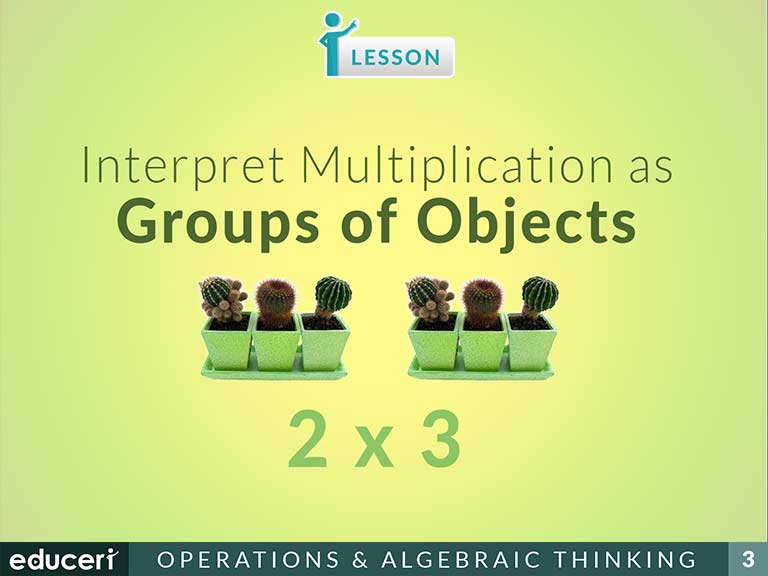
Interpret Multiplication as Groups of Objects
This operations and algebraic thinking lesson covers how to interpret multiplication as repeated addition of groups of equal amounts. The lesson includes research-based strategies and strategic questions that prepare students for assessments. In this lesson, students will examine word and picture problems to determine the number of groups and amount in each group. Then, they will select or create which situation can be solved using given multiplication statements.
Share This Lesson
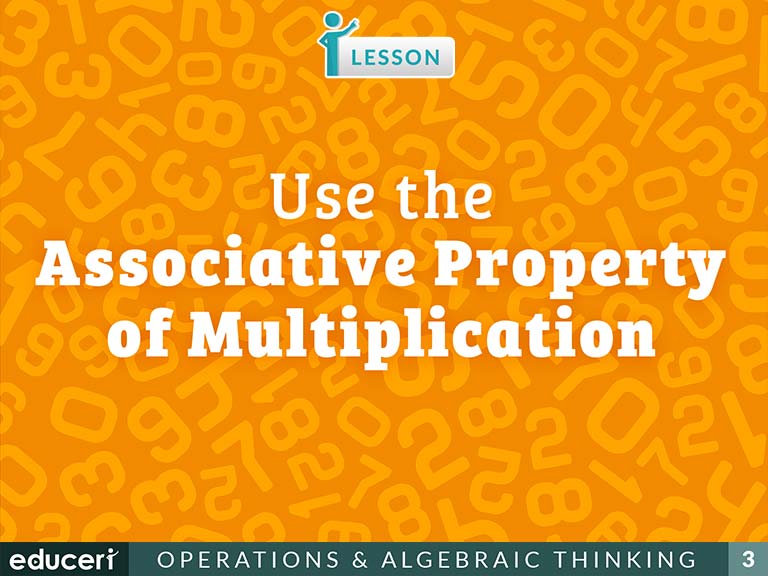
Use the Associative Property of Multiplication
This algebra and functions lesson focuses on using the associative property of multiplication. The lesson includes research-based strategies and questions that help prepare students for assessments. In this lesson, students multiply the first two factors in column A, then multiply that product by the remaining factor. Then, they repeat they repeat the steps for column B. Finally, students compare the final products in column A and B. In addition to the lesson, there are four pages of Independent Practice and review with questions modeled after current adaptive testing items.
Share This Lesson
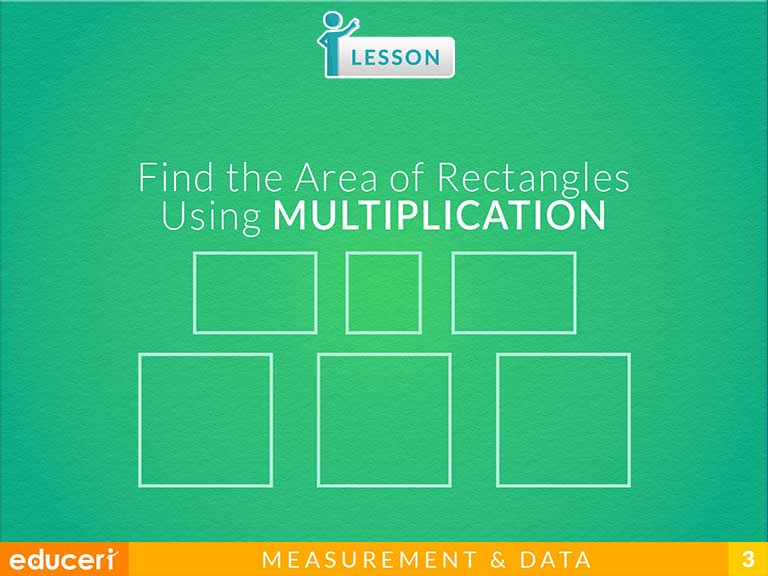
Find the Area of Rectangles Using Multiplication
3.MD.7 Relate area to the operations of multiplication and addition.
3.MD.7.D3.MD.7.D Recognize area as additive. Find areas of rectilinear figures by decomposing them into non-overlapping rectangles and adding the areas of the non-overlapping parts, applying this technique to solve real world problems.
This measurement and data lesson covers how to find the area of rectangles using multiplication. The lesson includes research-based strategies and strategic questions that prepare students for assessments. In this lesson, students will identify the side lengths or a rectangle, and then multiply to find the area and interpret the result.
Share This Lesson
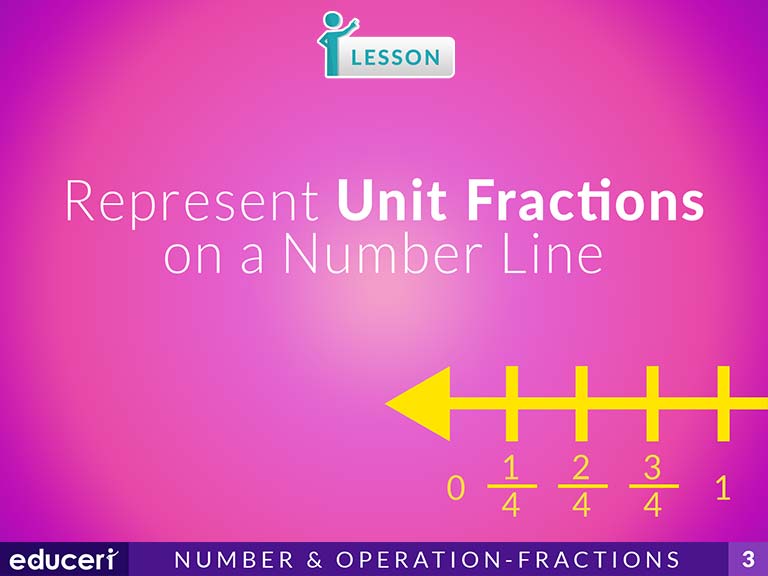
Represent Unit Fractions on a Number Line
This numbers and operations − fractions lesson covers how to represent unit fractions on a number line. The lesson includes research-based strategies and strategic questions that prepare students for assessments. In this lesson, students will read the problem and determine the total number of equal parts using the denominator. Then, they will divide the number line into the total number of equal parts, and represent the unit fraction on the number line.
Share This Lesson
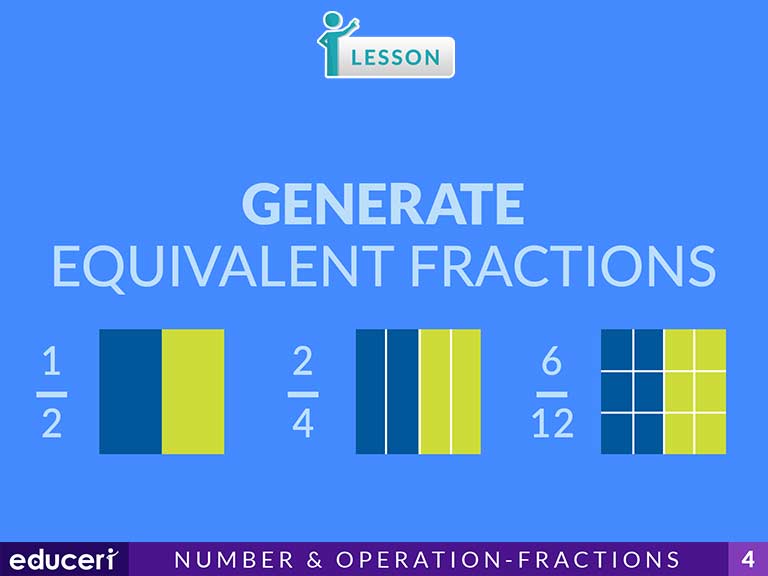
Generate Equivalent Fractions
This number and operations--fractions lesson teaches students how to generate equivalent fractions. The lesson includes research-based strategies and strategic questions that prepare students for assessments. In this lesson, students will create equivalent fractions. This lesson focuses on changing a fraction to another. Students are provided a variety of strategies and support to visualize the equivalence. Real-world examples are also provided.
Share This Lesson
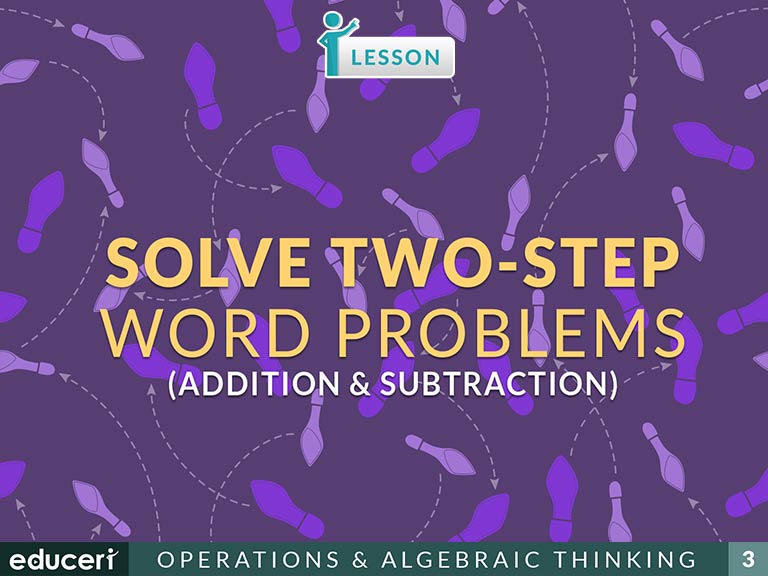
Solve Two-Step Word Problems (Addition & Subtraction)
Solve two-step word problems using addition and subtraction. Represent these problems using equations with a letter standing for the unknown quantity. Assess the reasonableness of answers using mental computation and estimation strategies including rounding.
Share This Lesson
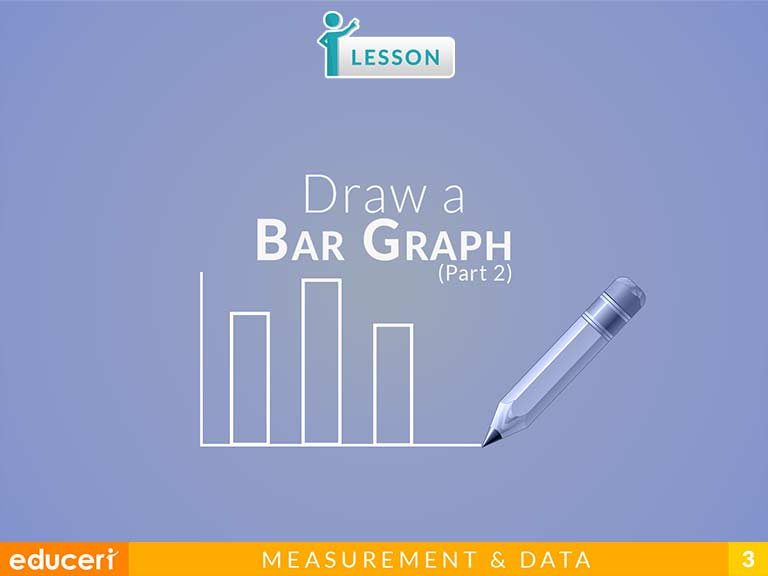
Draw a Bar Graph
This measurement and data lesson covers how to draw a bar graph. The lesson includes research-based strategies and strategic questions that prepare students for assessments. In this lesson, students will read the given data set, write the given categories in the bar graph, and determine how high to draw the bar.
Share This Lesson
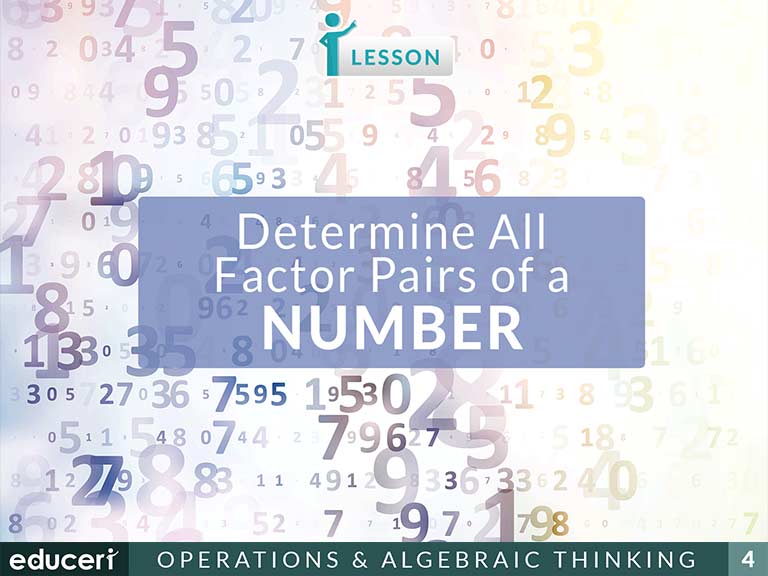
Determine All Factor Pairs of Numbers
This operations and algebraic thinking lesson teaches students how to determine all the factor pairs of a number. The lesson includes research-based strategies and strategic questions that prepare students for assessments. In this lesson, students will determine all of the factor pairs of a given number. This is in preparation for later mathematics where students will need to determine a variety of factors for fractions, factoring equations, and several other uses for this particular skill. It is an excellent introduction to factoring and provides several real-world examples for students to practice with.
Share This Lesson
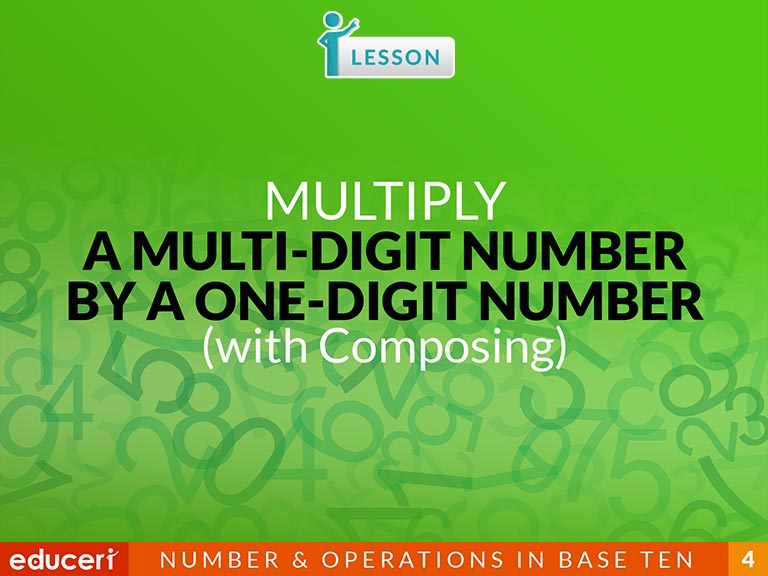
Multiply a Multi-Digit Number By a One-Digit Number (with Composing)
This number sense lesson focuses on multiplying numbers with regrouping. The lesson includes research-based strategies and questions that help prepare students for assessments. In this lesson, students multiply the bottom number with each digit of the top number, regrouping if needed (add the regrouped number, if needed). Then, they read the product aloud. In addition to the lesson, there are four pages of Independent Practice and review with questions modeled after current adaptive testing items.
Share This Lesson
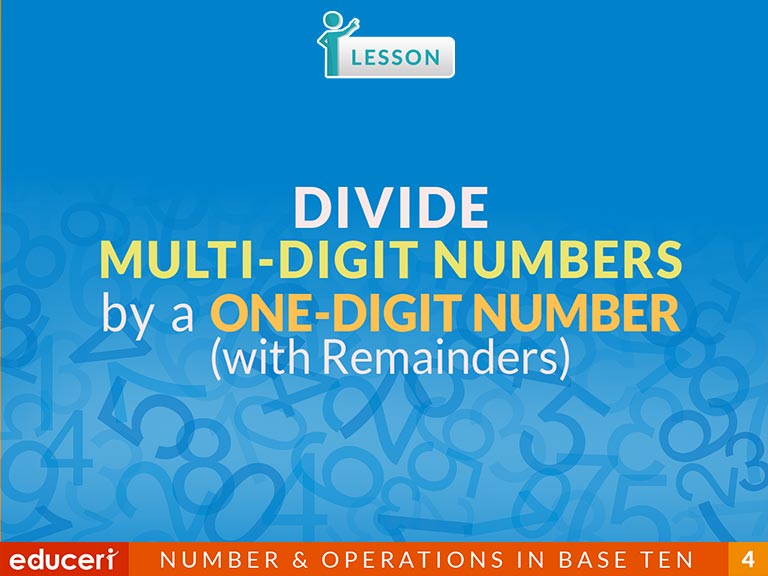
Divide Multi-Digit Numbers By a One-Digit Number (with Remainders)
This number sense lesson focuses on solving division problems that have a remainder. The lesson includes research-based strategies and questions that help prepare students for assessments. In this lesson, students identify the dividend and the divisor. Then, they solve for the division problem by following the basic steps of division (divide, multiply, subtract, and bring down) and writing in the remainder. Finally, students interpret the quotient and remainder. In addition to the lesson, there are eight pages of Independent Practice and review with questions modeled after current adaptive testing items.
